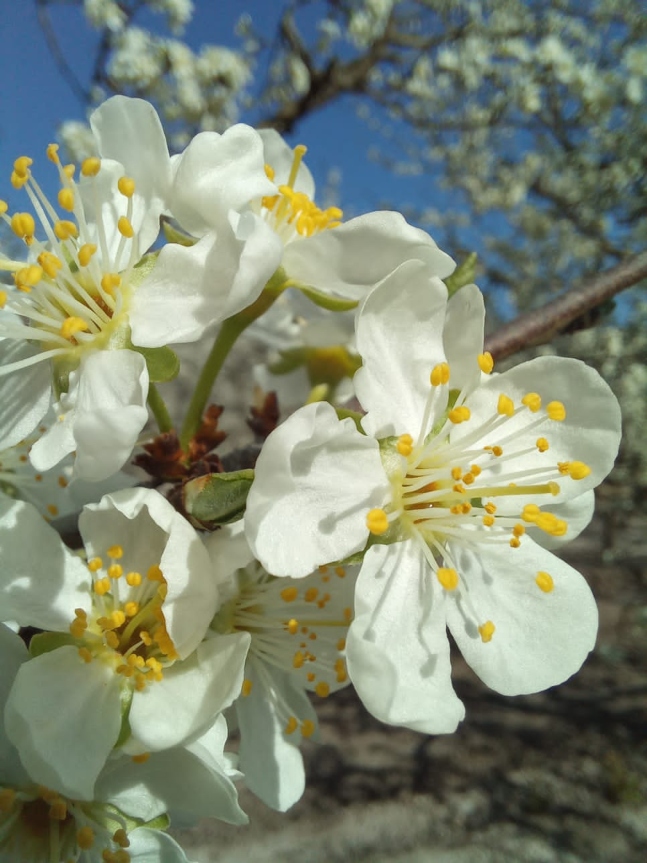Pablo Campino, member of the Chileprunes Technical Committee and Pacific Nut executive, refers to an auspicious start to the season, thanks to positive rainfall, adequate cold hours, and a good pruning period and labor availability.
A set of factors, which in other years have not been the best, have led to the flowering period of European prunes trees in Chile starting in a very good way this 2022. This follows from the words of Pablo Campino, member of the Technical Committee of Chileprunes and head of the Prune D’Agen Program at Pacific Nut Company Chile.
To begin with, he points out, unlike the last three years, this fall and winter, rainfall has been positive and the fields have optimal soil moisture. “It rained what corresponds, very similar to a normal year; With nuances depending on the valley, we are talking about 250 mm – 300 mm, at the corresponding time, because let us remember that last year, in some areas, 100 mm fell in January, which does not contribute anything, but quite the opposite”.
At the same time, there is a good reserve of snow at the mountain range level, which ensures the supply of water for the summer, ensuring its availability for a good end of the season.
Winter pruning also worked well at the beginning of the cycle, with abundant labor available for orchard work. The two previous years, for various reasons, including the pandemic, there was a shortage of labor and orchards that, ultimately, were not pruned in the best way, leading to high productions, to the detriment of the caliber.
Another relevant issue, which has caused a lot of damage in the past and which was not now, has been frost. Above all, those that have occurred, for example, in 2016, in the area of the VI Region (area south of the capital, Santiago) and that, together with the Metropolitan Region, have over 90% of the cultivated area European prunes.
At the country level, the area cultivated with European prunes reaches 12,450 hectares, with Chile being the world’s leading exporter of prunes.
Pablo Campino indicates that another positive factor of the season has been the good accumulation of hours of cold, that is, of temperatures below 7°, between May and the beginning of August, which allows the start of flowering to occur in the precise times, the first week of September, and in a compact and even manner.
In past years, there have been days with temperatures of -2° in the morning and afternoons with 28° to 30° during the flowering period, causing damage due to frost or dehydration of pollen tubes, to the detriment of production.
What comes now is to wait for the weather to continue accompanying the period of fruit set and development to achieve quality productions and with volumes that the industry is used to, says the expert from the Chileprunes technical committee.



